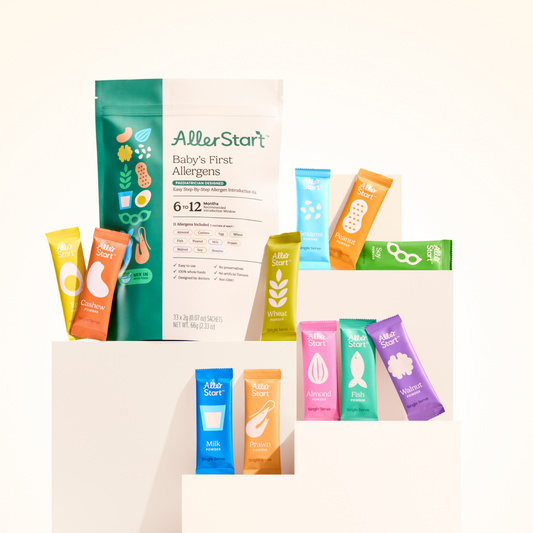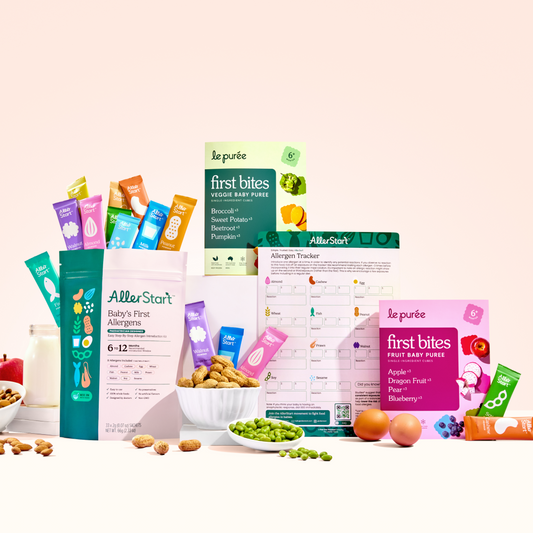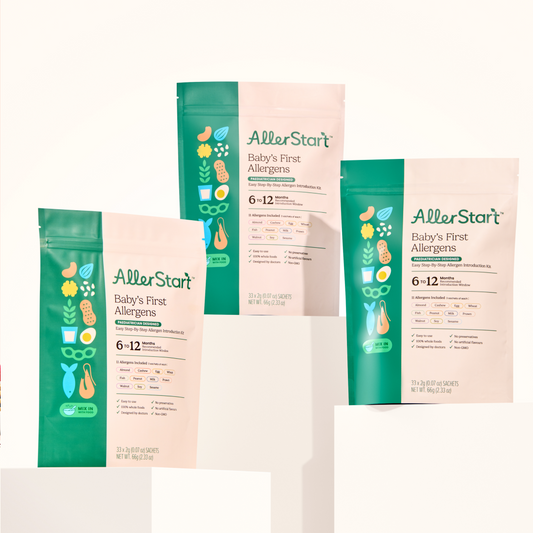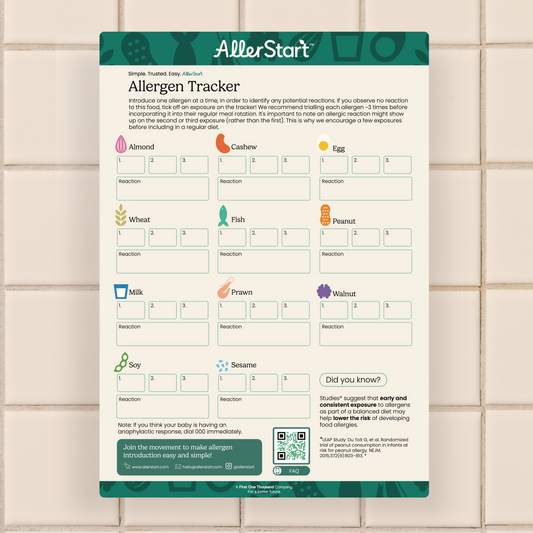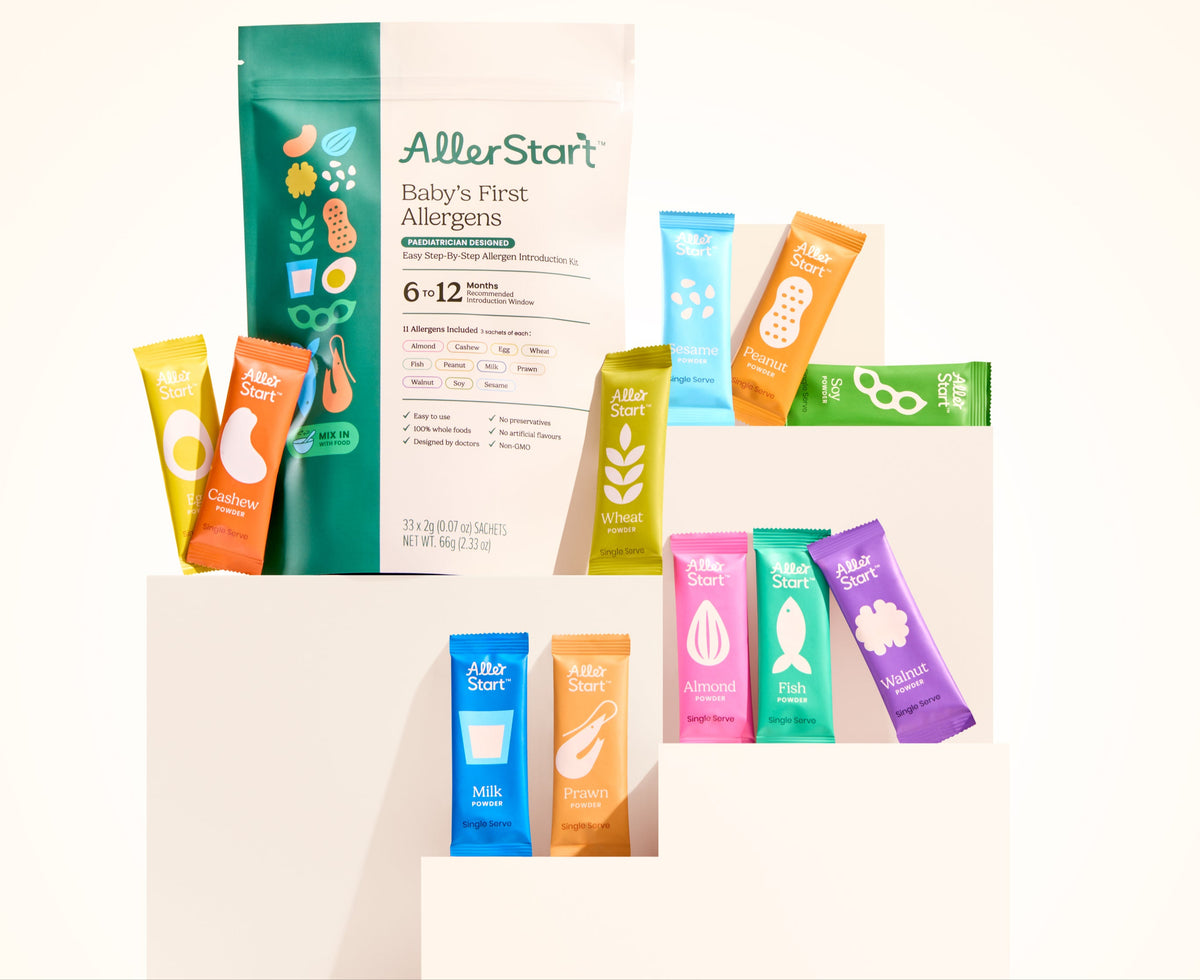
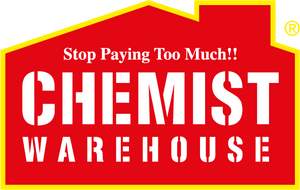

Everything you need, nothing you don’t.
Because introducing allergens
shouldn’t mean introducing stress.
 Start Introducing Allergens Now
Start Introducing Allergens Now
- Created by doctors
- Guided by research
- Real wholefoods (not just the protein!)
- A gentle introduction to 11 of the top allergenic foods*
- Guided steps from start to finish
- Designed to mix into what you’re already feeding
Sometimes less is more.
*There are 9 top allergenic foods in Australia – but some of these are broad food groups, like tree nuts, which include dozens of varieties. Our product was created with cross-reactivity in mind, because when it comes to allergens, more isn’t always better. Strategic, evidence-based exposure matters.
Simple for you. Delicious for them. Safe for both.
We make it easy to introduce allergens with real food, not processed ingredients. Just sprinkle, mix, and serve. No guesswork. No overwhelm. Just confidence in every spoonful.
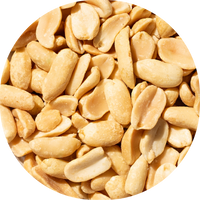
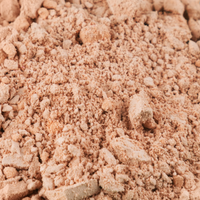
Real wholefoods (not just the protein!)
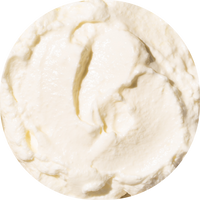
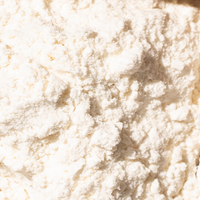
Real wholefoods (not just the protein!)
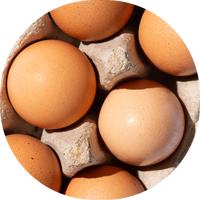
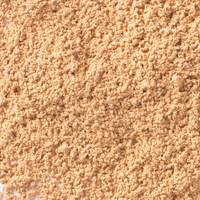
Real wholefoods (not just the protein!)
Designed by the experts you’d want in the room: doctors, dietitians, and food scientists.
Informed by medical minds. Made possible by food science. Designed by a paediatrician, GP, dietitian, and our trusted partners in whole food formulation.
Start Introducing Allergens Now

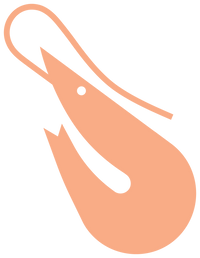

What If Starting Allergens Felt Easy?
Disclaimer: This is a food product and is not intended to diagnose, test, treat, cure, or prevent disease.


